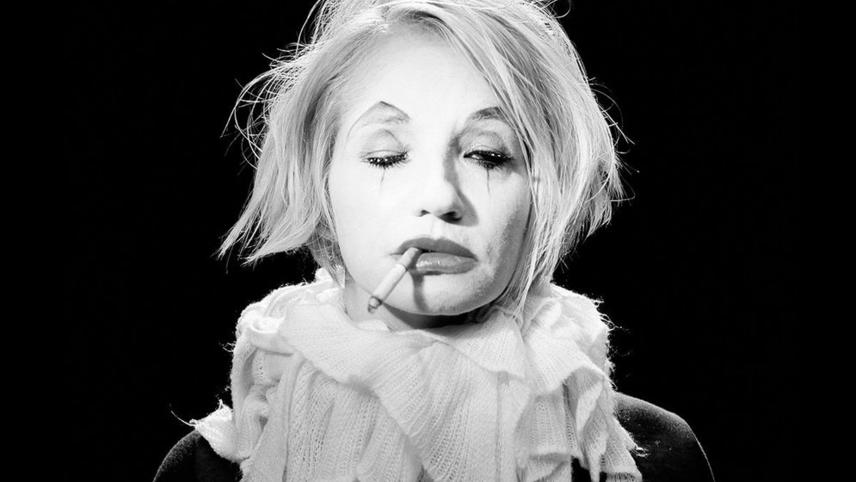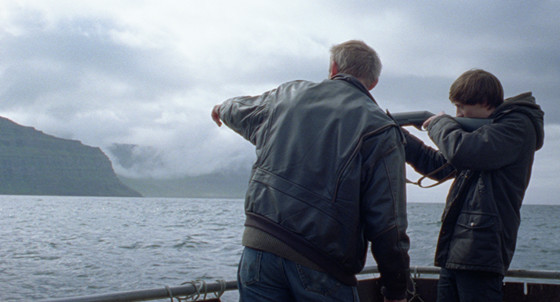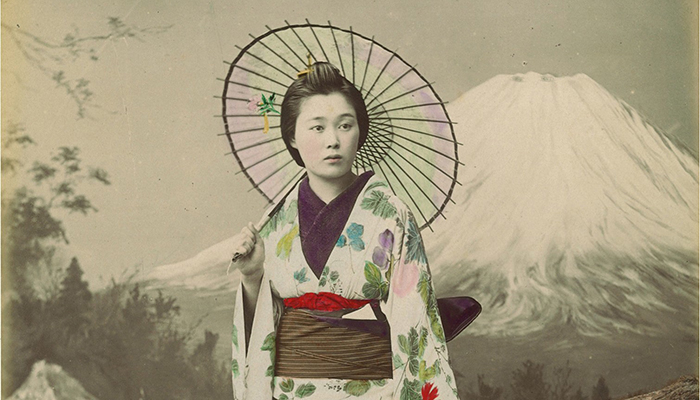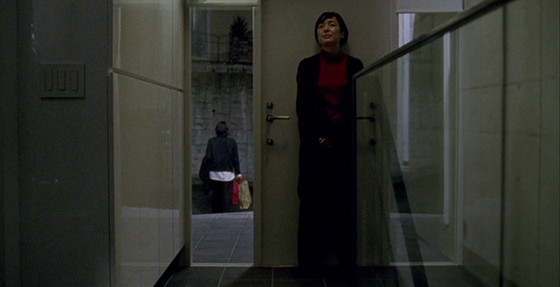
Even though many people might claim that cinema is dead, if we take a closer look, more and more often we see creative voices appearing inside or outside the industry. From filmmakers who start on television and go on to direct Hollywood films, to auteurs who are still unknown to the majority of world audiences, this decade is definitely a prolific one for filmmaking.
In a time where the world’s technology advances at the speed of light and people share information faster and faster on social media, it is great to watch how film is able to absorb this speed or deny it by becoming more slow paced, and by valuing silence using single shots or wide shots more often.
With this thought in mind – that film is far from being dead – here is a selection of 10 amazing movies from the 2010s that deserve more recognition from audiences and that definitely should be seen by cinephiles all around the world.
1. Suburra (2015), directed by Stefano Sollima

The director helming the follow-up to Denis Villeneuve’s “Sicario” released, in 2015, one of the most interesting gangster movies of this century. Named after a suburb of Ancient Rome, “Suburra” follows the story of Ostia, a place that is intended to be a new Las Vegas, but in Rome. All the mob bosses seem to agree on this initiative, but the time for peace is running out on this waterfront.
An extremely violent film with a stunning use of color and music, “Suburra” might be the best mobster movie made in this decade until now. With great slow-paced moments being broken by shocking events, which intend to move the narrative forward, this film never has a dull moment during its 130 minutes of running time.
With a background in television, Stefano Sollima seems to synthesise all the good things that can be learned by this kind of production by understanding precisely where to point or how to move the camera perfectly, something that is becoming more and more rare in filmmaking.
“Suburra” is one of the best italian films made this century and should definitely be seen by fans of gangster and crime films for its great narrative and awesome directing, which leaves the audience on the edge of their seat.
2. Sparrows (2015), directed by Rúnar Rúnarsson

This great tale from Iceland follows the story of a teenager who moves from the big city to a fishing village to live with his absent father. During the story, we are able to see how Ari (Atli Óskar Fjalarsson) copes with his new routine as he notices how much things have changed since he was a child.
“Sparrows” has an amazing atmosphere set by the use of natural light by cinematographer Sophia Olsson, which really builds some unique traces around the plot. The acting and directing is amazing by virtue of how well the silence is explored, while the environment is able to be heard and the surroundings seem to take over this narrative at certain points.
Praised at film festivals worldwide, “Sparrows” is a great drama that explores many different nuances in its running time, and is still far from being recognized as the contemporary masterpiece it really is.
3. The Happiest Day in the Life of Olli Mäki (2016), directed by Juho Kuosmanen

The first feature film by Finnish director Juho Kuosmanen follows the story of the famous boxer Olli Mäki, who had a shot to win the World Featherweight title in 1962. During the film we see how Olli’s life is changed when he becomes a national star and is praised as an icon in his country.
“The Happiest Day in the Life of Olli Mäki” was screened in 2016 in the Un Certain Regard section at the Cannes Film Festival, where it won the Prize Un Certain Regard. Praised by its production design and the way it was filmed in 16mm to emulate that 1960’s look, this is definitely a great drama film built on the surroundings of a boxing match.
Dedicating much of its running time to explore the abrupt changes in Olli Mäki’s life, and the way this match interferes with his romance with Raija, the film grants a lot of depth to the characters and is not afraid of exploring the human side and everyday problems faced by such an iconic person in the history of Finland.
4. Ascent (2016), directed by Fiona Tan

Written and directed by the visual artist Fiona Tan, “Ascent” is built around hundreds of photographs while we hear the fictional story of Mary and Hiroshi, an English woman and her deceased Japanese partner. After receiving photographs and letters from Hiroshi containing the description of his climbing of Mount Fuji, Mary starts reflecting on the story of that place and of her own.
With a great construction of more than 100 images taken in the past 150 years, the approach of this film is breathtaking by combining both the story and such beautiful images, and narrating with great complexity by exposing the audience to the feeling contained in the contrast between life and death.
“Ascent” is such an unique feature in a great variety of aspects and trying to describe it might spoil the experience, and also will never come as close to the emotions contained in this beautiful work helmed by Tan. For any cinephile, this is a must-see movie.
5. Greater Things (2015), directed by Vahid Hakimzadeh

The directorial debut of filmmaker Vahid Hakimzadeh follows four different characters living in London and Tokyo, who end up united by loneliness during the summer in Japan. With a great approach on solitude by using shots that depict the understanding of the environment where the scenes happen, “Greater Things” explores the architectural elements of its locations, contributing even more to the loneliness they transmit.
Uniting the lack of communication between the characters and their surroundings, we start to understand how silence is able to occupy those places, like a gym, a room where a business meeting takes place, or even an apartment with glass walls where a couple seems to be avoiding each other.
“Greater Things” is a film that definitely deserves more attention for the subtle nuances Hakimzadeh approaches in this story, where silence seems to absorb every trace of the lives that are being displayed on screen.